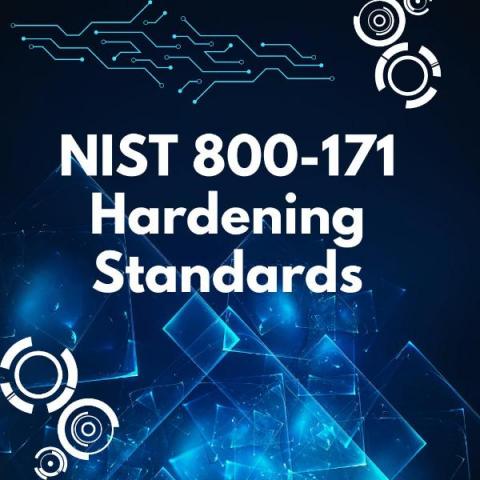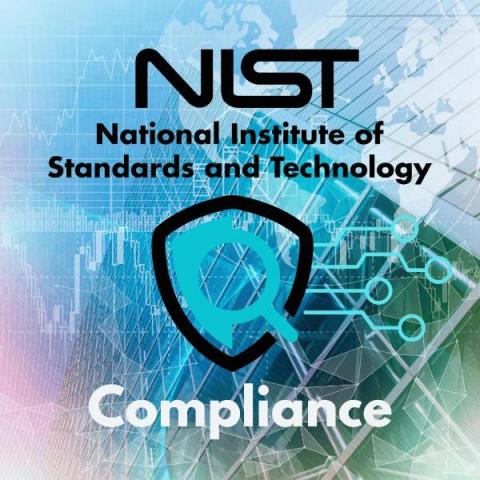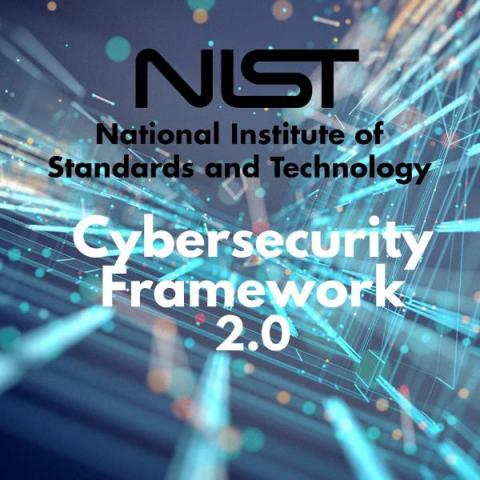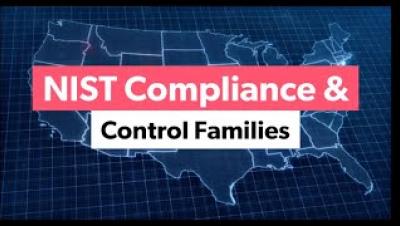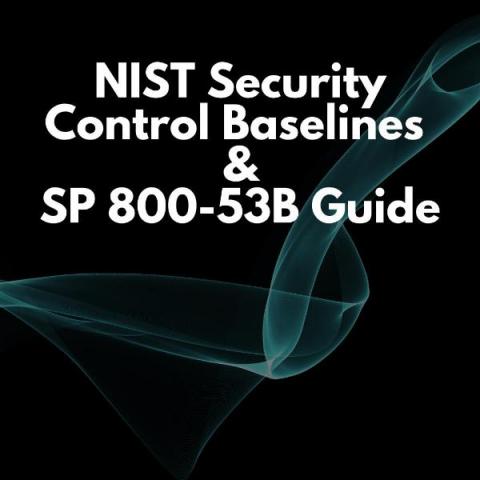Server Hardening, What is it?
In this video discussing server hardening, you’ll learn why server hardening is so important to your IT Enterprise. Whether you’re a seasoned CISO or IT professional, this video is a must-watch for anyone who wants to keep their servers secure.




